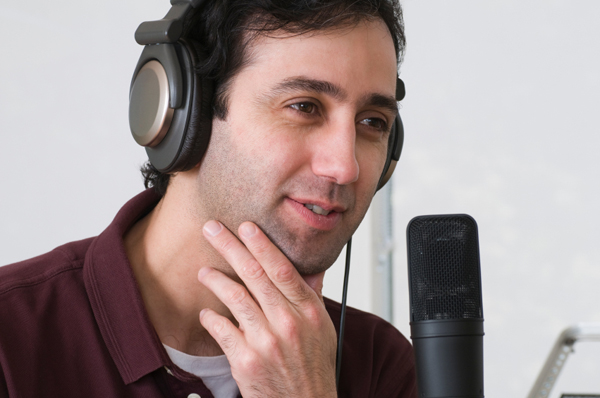The second principle of UDL, which is flexibility in use, is being applied in computer operating systems. This is benefiting students with disabilities because it is giving them a choice on how they want to use their computer. Now you can choose between the mouse or the keyboard to control the computer. Using the keyboard instead of the mouse provides easier access for students who have trouble controlling the mouse such as students with fine motor control difficulties.
Computers can also be operated by your voice with a feature called speech recognition. This feature allows students to speak commands into a microphone and have the actions executed. Students who have vision impairments or issues with motor control can benefit from this option greatly. If you have a Mac the user can choose how the information is being presented. Text to speech reads aloud text that has a key sequence pressed and is highlighted. This is a great tool for students with reading disabilities. This information has helped me learn that there isn't a correct way to operate a computer and just like many other facet's of an individual's life it can be tailored to their specific needs.
Reference Below
Dell, A., Newtown, D., & Petroff, J. (2012). Assistive Technology in the Classroom.
Upper Saddle River, NJ. Pearson Education Inc.
Pictures Found At
http://www.bbc.co.uk/accessibility/images/guides/keyboard_mouse/computer/keyboard_mouse_diagram_smallest.gif
http://blogs.voices.com/voxdaily/podcaster-thinking-smiling-headphones-microphone.jpg


No comments:
Post a Comment